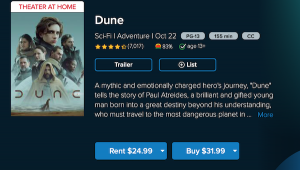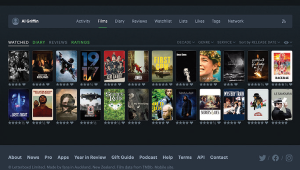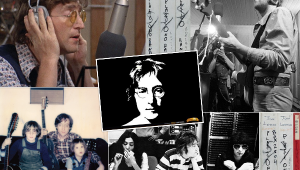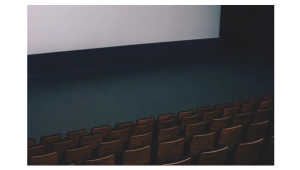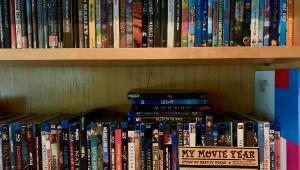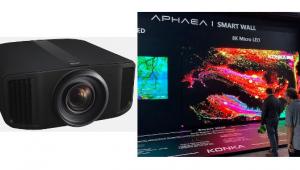The Hobbit at 48 fps: Film, It Ain’t

That’s not the case here. Jackson went into the project believing that just because movies have looked a certain way for all these years, it doesn’t mean they always should. Back then, 24 fps was what was possible, but in today’s digital-video driven world there’s no reason to eschew higher frame rates that can add detail and enhanced realism for a movie. Jackson, for his part, is letting us decide for ourselves: several hundred theaters around the country are displaying the film digitally at its native frame rate. The website 48fpsmovies.com has compiled a list of theaters if you’d like to find one near you.
Although I fall into the crowd who prefers to watch 24-frame content without artificial motion enhancement, I went into my viewing this weekend with an open mind, knowing that I would be seeing the film exactly as Jackson intended for me to see it. The AMC theater in New York I visited was only showing the high frame rate in the Imax/3D version, so in some respects it wasn’t quite the controlled experiment I would have wished for. But it still gave me a feel for what the future of movies might look like.
And what did it look like? Well…it looked like video. Maybe not quite as shiny and bright as I might normally associate with traditional video-based content seen on TV, but it was unmistakingly video-like. I have seen many movies captured with 24 fps digital cameras that successfully faked the audience into thinking they were shot in film, but the effect here was something of a hybrid. And I’ve gotta tell you — I didn’t love it, though not for the reasons you might expect.
It was hard to point directly at the additional detail in the many battle-action scenes, though I don’t doubt for a second that they were crisper and cleaner than they would have been at 24 fps. But to my eye, both the color and contrast fell well short of what I’d normally associate with a 24 fps production, and certainly a 24 fps production shot natively in film. This may be a very unfair observation: 3D, even Imax 3D, is always challenged for brightness. But from the opening frame to the last, whites were badly blown out in a way that gave the movie a kind of surreal softness in spite of the obvious detail in darker parts of the image. Details in white areas were lost, and white or bright objects had a bit of halo effect around them. Shadow details—and much of this film was shot in dark environments—were lacking and difficult to pull from the dark muck. And the colors, to my eye, looked under-saturated and without the pungency I expect to see on the big screen, especially an Imax screen. Scenes showing greenery and blue skies just didn’t have the punch I expected.
Did Jackson give the movie this look intentionally? Was it a creative decision arrived at by his vision for Middle Earth, or one partially forced by limitations of the available digital cameras? (The RED Epic cameras used for this production would have been state of the art at that time, but many cinematographers still see digital capture coming up short compared to film on matters of contrast and shadow detail.) Could I even be sure that the DLP-driven Imax projectors used for my showing were properly set up? How much of what I saw could be associated with having to watch it in 3D,and the naturally reduced brightness from the passive glasses?
I don’t really know, in the end, what I was seeing. I remain open to the 48 fps viewing experience, and if that’s how the director made it, that’s how I want to watch. I’ll also say that, once I got past a few minutes of getting used to the video-ish look, the storytelling took over, and there was a certain allure to the realism. But after looking at a lifetime of Kodak moments in my local cinema and being wowed again and again by beautiful saturated colors and breathtaking contrast, I can only hope that this first bold experiment with 48 fps digital doesn’t suggest that a gain in detail and dimensionality necessitate a sacrifice in some other key attributes we’ve come to associate with traditional 24 frames-per-second capture.




